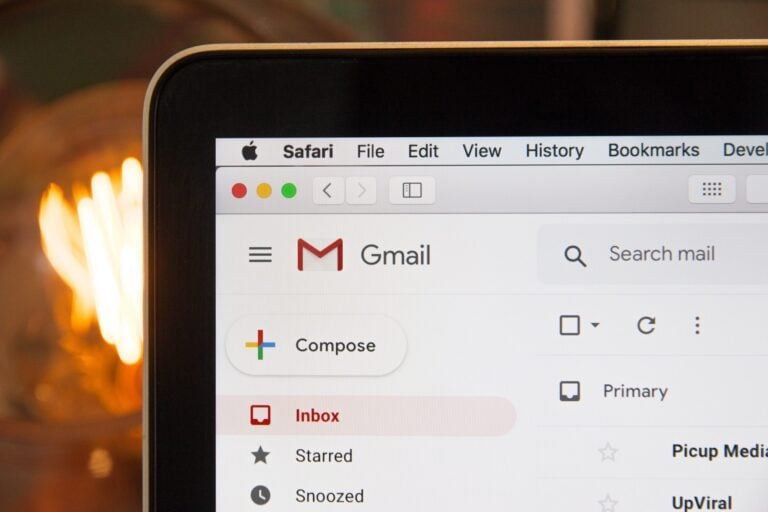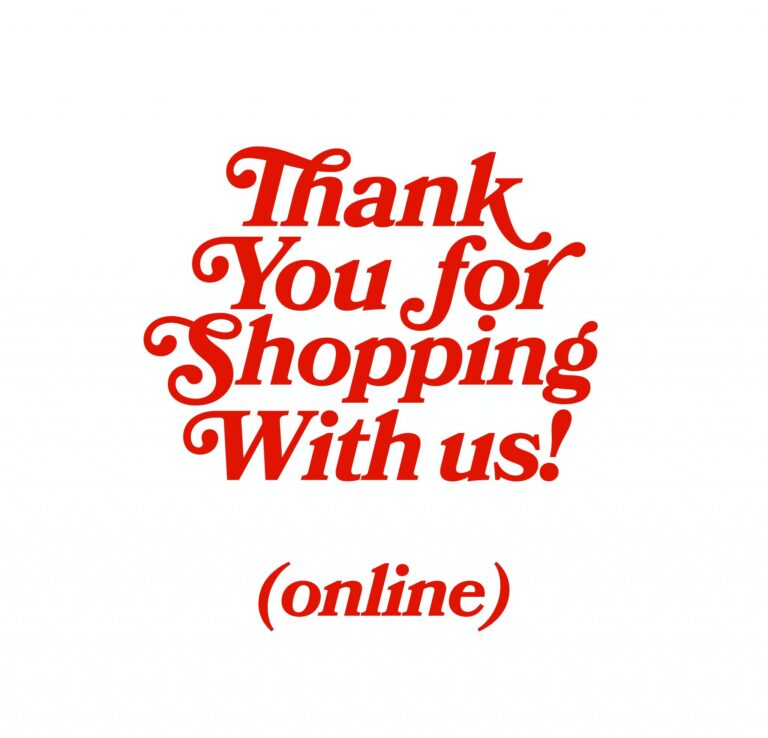Effective B2B Email Marketing Strategies

Today, I discuss specific Email Marketing Strategies for B2B businesses.
We know that Email Marketing and Automation is an effective marketing channel.
It’s a form of permission-based marketing, meaning that your business asks a person for permission to send them information. That person has to agree, and they do that by providing their email. It’s a trust signal as much as it is a sign of interest that the person is interested in learning more about what your business offers.
Email Marketing strategies differ from business to business. Different tactics will be more effective depending on whether you’re a Content Creator, an Online Retailer, or an Enterprise Sales business (not Enterprise Rental cars btw).
What is a B2B business?
Lemme break it down for y’all: B2C (business-to-consumer) and B2B (business-to-business) are two different types of business models. B2C, or business-to-consumer, refers to a business model in which a company sells its products or services directly to consumers. In contrast, B2B, or business-to-business, refers to a business model in which a company sells its products or services to other businesses.
DigiSavvy is a B2B business brand—we cater our offerings to other businesses specifically. We’re not selling products like snacks, software, or what have you. Instead, we sell knowledge and expertise. Pretty simple, right?
Many B2B businesses have sales and consultant teams who provide that crucial last step in the sales cycle. Email Marketing and Automation help those teams increase their effectiveness and reach.
B2B Email Marketing Messaging Tactics
- Sharing Case Studies: Providing case studies to department heads, consultants, managers, or c-level executives that help them see how they can improve their operations/sales, etc…
Most companies find value in their research and decision-making processes by sharing case studies on how the B2B company’s solutions have increased sales, productivity, and profitability. - Providing Industry trends and news. For instance, AI (Artificial Intelligence) has been in the news, particularly the ChatGPT AI bot.
Providing news on how ChatGPT can improve a marketing team’s content quality or productivity would be a great example.
Any news that helps empower teams, increases effectiveness, saves money, and drives greater Return on Investment will be valuable to your lists. - Lead Nurturing and Outreach. Lead nurturing is going to be different from business to business. For B2B organizations, lead nurturing intends to build trust and relationships with existing clientele or possibly warm/cold leads—it helps keep the B2B organization in the minds of their potential customers.
The goals of lead nurturing B2B campaigns focus on setting up meetings, sharing industry news, white papers, etc. - Publishing White Papers: According to Investopedia, a white paper serves the following purposes: promoting products and services.
White Papers also present facts and evidence based on research that solves a business problem.
Commonly, white papers serve a purpose that helps two players in a given industry communicate their value to one another. Think of the relationship between a manufacturer and a wholesaler or a wholesaler to a retailer or a storage appliance manufacturer to an IT services consultancy.
Specific B2B Email Marketing Tactics
Again, Email Marketing will differ from business to business but not necessarily the tactics. Some tactics remain the same, but their aim or messaging differs. If that makes sense, B2B orgs might use personalization differently than a B2C retailer.
- Personalization: One of the most effective B2B marketing tactics is personalizing your emails to tailor them to the specific recipient.
This can be done by using their name, mentioning their company or industry, or highlighting their past interactions with your business. Personalization helps to build a sense of trust and familiarity with the recipient, which can increase the chances that they will engage with your email and take the desired action.
The great thing is that personalization doesn’t have to be just for emails. Suppose you’re using a platform like ActiveCampaign. In that case, you can leverage personalized web experiences by driving your contacts to a personalized web page catered to them and sharing information based on geo-location, interests, past purchases, etc. (Note: I literally received an email after posting this that ActiveCampaign is sun-setting personalized web experiences, womp womp!).
Don’t forget to use 1:1 emails for an extra bit of interaction boost from your leads. - Segmentation: Another effective B2B email marketing tactic is to segment your email list so that you can send more targeted and relevant emails to different groups of recipients. This can be done based on factors such as industry, job title, location, or past interactions with your business. By segmenting your email list, you ensure that your emails are more tailored to each recipient’s specific needs and interests, which helps increase engagement and conversions. The theme here is to send highly-targeted information.
- Value-driven content: In B2B email marketing, it is crucial to focus on providing value to the recipient rather than just promoting your products or services. Your emails should include valuable information, such as industry news, tips, advice, or educational resources. By providing value-driven content, you can position yourself as an expert in your field and establish yourself as a valuable source of information for your audience.
- A/B testing: A/B testing is a powerful B2B email marketing tactic that can help optimize your email campaigns and improve their performance. This involves sending two slightly different versions of your email to two different groups of recipients and then comparing the results to see which version performs better. By using A/B testing, you can experiment with different subject lines, email layouts, calls-to-action, and other elements of your email campaigns and determine which versions are most effective at driving engagement and conversions.
- Lead nurturing: An excellent B2B email marketing tactic is to use your emails as part of a lead nurturing campaign. You provide valuable information and support to potential customers at different sales funnel stages. This can involve sending targeted emails tailored to the specific needs and interests of different groups of leads and providing them with the information and resources they need to move closer to making a purchase. By using lead nurturing, you can build stronger relationships with potential customers and increase their chances of becoming paying customers.
- Sending 1:1 Emails: Not all platforms do this (ActiveCampaign does), but some platforms support sending 1:1 emails versus the regular email marketing email. A 1:1 email (one-to-one) is personal; something sent directly from a specified user’s email account; it doesn’t go through your ESP’s system, which means it’s less likely to get caught in spam, and it will appear more authentic. This is a powerful tactic to establish and build trust.
B2B Segmentation
As a B2B organization, you’ll care about vastly different things than an online retailer might care about. Sure, there’s a lot of overlap, but the differences come down to messaging and goals.
Role, Job Title, Position: This is huge for B2B and their sales teams. Typically you want to talk to whoever has influence and decision-making capabilities. Thus, this segment focuses on director or executive-level contacts or whoever makes decisions on specific types of purchases.
Gender, Age, Activity: For B2B businesses, gender and age probably don’t matter as much as activity. What I mean by activity is site activity, such as opening emails, clicking links, and visiting pages one or more times. Automations can be triggered off of page visits or a specific number of visits. When you detect that someone visits a page more than once, you can automate a 1:1 email to that contact and ask for a meeting or share a valuable industry news report related to the content the contact visits.
Interests: This is important to any business as it helps B2B or B2C to send targeted, highly specific, and valuable information to their lists. Sending information your customers specifically care about will lead to greater engagement, click-throughs, or any desired action.
Interests can be anything from a product your B2B org sells to a specific subject such as Growth Marketing or sales consulting.
Business Name: For B2B orgs, identifying a significant lead from a company of interest is potentially huge. Automations on almost any platform can look at data to see if a word or phrase exists. This can be used to send automated, one-to-one emails to ask for a meeting or share valuable information.
Total Customer Value: Valuable for B2B and B2C, total customer value, or lifetime dollars spent, is a great way to show appreciation for high-value customers—you can provide discounts to customers spending over X dollars.
Final Thoughts
At the end of the day, B2B email marketing strategies differ from those of B2C and Content Creators. The goals are different, the messaging is vastly different. You can make a difference and boost engagement through thoughtful segmentation and interest-driven content and value.
Get Notified When We Publish New Content!
Join more than 2,500 people who get our marketing automation, business marketing, and WordPress news!






